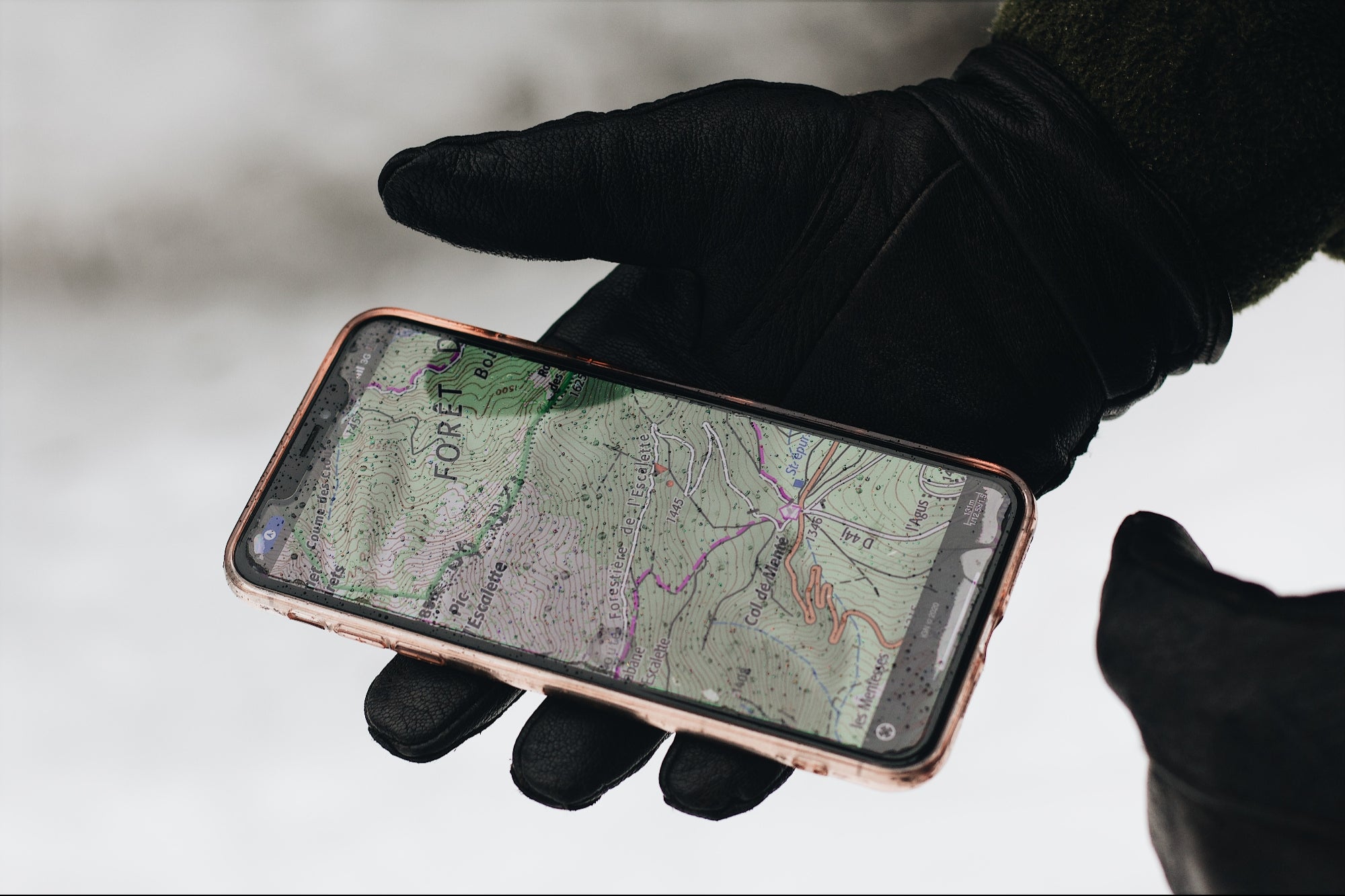Ads
The Icelandic volcano has once again erupted, marking the seventh time it has done so in the past year. This latest eruption occurred on Wednesday night near Iceland’s capital city. The Icelandic Met Office reported that the fissure on the volcano, located on the Reykjanes Peninsula in the southwest of the country, is approximately 3 kilometers (1.9 miles) long.
The eruption began shortly after 11 p.m. local time on Wednesday and continued for several hours. By the time the update was issued by the Met Office, it appeared that the fissure had stopped expanding. Despite the eruption, air traffic to and from Iceland was unaffected on Thursday, according to the official tourism website of Iceland.
This recent eruption was much smaller in scale compared to the previous one that occurred on August 22 in the same region. During that eruption, a 4-kilometer (2.5-mile) fissure had opened up. Due to the eruption, two hotels and a geothermal power facility near the famous Blue Lagoon were evacuated. The Blue Lagoon has had to close multiple times over the past year due to volcanic activity.
A similar scenario was observed in June 2024 when magma flowed from the Sundhnúkur volcano on the Reykjanes Peninsula. The nearby fishing village and visitors at the Blue Lagoon were evacuated as a precautionary measure. Since December, this particular volcano has erupted five times.
Snorri Valsson, a spokesperson for the Icelandic Tourist Board, assured that the municipality of Grindavík, where the eruption occurred, was not at risk of being affected by the lava flow. He mentioned that this eruption was anticipated and prompt evacuations were carried out. The Svartsengi Power Plant, two hotels near the Blue Lagoon, and only a handful of individuals – 60 people in total – were evacuated. Additionally, the Blue Lagoon was empty at the time as it was after normal operating hours.
In the past year alone, there have been a total of ten eruptions in Iceland’s Reykjanes Peninsula. Iceland is known for being one of the most active volcanic regions in the world, despite having a relatively small population of around 400,000. The country sits on the border between Europe and North America, which is a geologically active region. Last year alone, Iceland experienced over 1,000 earthquakes in a single day, highlighting the constant geological activity in the region.
As the situation continues to unfold, scientists and officials are closely monitoring the volcano and its activity to ensure the safety of the local population and visitors to the region. The resilience of the Icelandic people in dealing with such natural occurrences is commendable, and their preparedness to safeguard lives and property in the face of volcanic eruptions is a testament to their adaptability in challenging circumstances.





